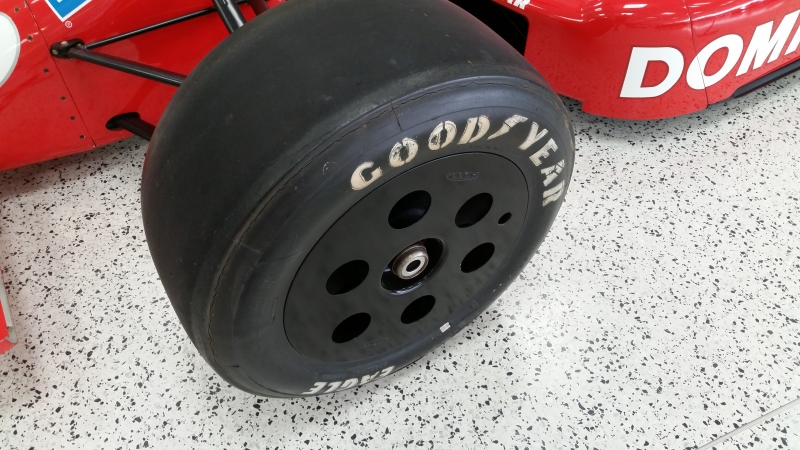Quote:
Originally Posted by Vman455

I wouldn't say that at all. Yes, there's one goal in racing, but it's competitive advantage. And that can take the form of decreased lift or decreased drag, or some combination of the two, and all within a (usually very) narrow set of rules.
Stability is also a primary concern of OEMs making passenger cars and trucks, based on how many pages are devoted to it in the various textbooks I've been reading, and stability is directly influenced by lift. Manufacturers have learned a lot from racing cars, and over the past few decades street car designs have reduced both drag and lift. Something like the Prius, which has C d 0.24 and overall negative lift was unthinkable in the 80s in a production car. Heck, even modern Ferraris have drag coefficients in the 0.35 range with hundreds of pounds of negative lift at speed.
And there's room for improvement, where race cars still have an edge. Look at the nicely ducted radiator outlet on the 1999 Dallara IRL chassis, for instance:

Or the flattened control arms in the 2017 IndyCar suspension:

Or these wheel discs on the 1990 Lola 500 winner:

There's still lots we can emulate on race cars. |
Have worked for better than 20 years in motorsports aerodynamics and, while a blanket statement, in the world of the wide-eyed, you'd do well to steer away from racing aerodynamics as the road car is a different beast. Yes, there are some takeaways. So I shouldn't have been so dismissive, but in racing we have vastly different parameters that are often arbitrary, such as technical regulations. The technical regulations carve out the car's shape, dictating the aero devices/methods you use, therefore the cars generated by the technical regulations are by no means optimized aerodynamically (they are optimized for the rules set, however), and therefore it is a very bad idea to look up to race cars as the ideal if working in a vacuum. Current LMP1 regulations intentionally design-in aerodynamic inefficiency as a hedge to keeping some semblance of control, over the long term, of lap time. What you see racing around the track is the embodiment of work-arounds to those technical regulations, nothing more, and are certainly not paradigms of aerodynamic efficiency. There isn't a racing series on the planet that plays homage to aerodynamics. They all have strict regulations that attempt to limit the aerodynamicists job in creating the fastest car to the regulations.
And hence why I'm out to sea when it comes to road car aero. 20 years in racing and all this stuff is new to me. Pretty cool actually.
My $.02